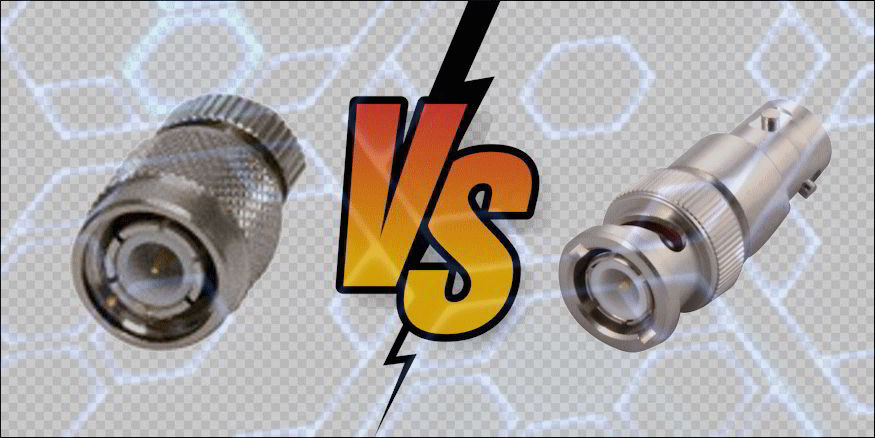
Having a home powered by smart devices has become an appealing idea lately. Almost anything can be managed using a simple phone or tablet, from remote-controlled security cameras to advanced cooling systems. However, these smart devices have also brought a series of security-related concerns. Hackers can attack the networks that host our devices, getting control over them and causing us trouble.
Here are several methods that will help protect your smart devices from cyber criminals.
1. Keep your Wi-Fi network secure.
Your smart home’s security depends on your Wi-Fi network’s security. So, keep your router updated, or buy a new router if its manufacturer has stopped releasing security updates for it.
Many modern routers can create independent 2.4 GHz and 5 GHz networks. If your router has this feature, consider setting up a dedicated wireless network for your smart devices.
2. Keep the components of your smart home up to date.
Did you know that most smart devices are, in fact, tiny computers? And just like computers, they run using hardware and software. The software used to power each smart component needs to be kept up to date, so be sure to install any update as soon as it becomes available.
Reputable manufacturers update their products regularly, patching security vulnerabilities that can be exploited by hackers. Therefore, setting up, and then forgetting about a smart home device, is not an option.
3. Use strong passwords.
You already knew this: each device should have a strong, unique password. By the way, the same rule applies to your email accounts, social media accounts, and so on.
As a rule, a strong password should have at least 15 characters. Make sure to use a combination of lower and uppercase letters, numbers and special symbols. To keep things under control, choose a password manager to generate and store all your passwords.
4. Enable Two-Factor Authentication (2FA).
2FA adds a security layer, making it almost impossible for hackers to access your devices, even if they know your passwords. With two-factor authentication, a secondary code (usually a 6-digit number) is sent to your email or smartphone each time you log in.
Use Google Authenticator to enable 2FA for all your smart devices and don’t forget to write down all the backup codes in a notebook. You will need them in case your phone is lost or stolen.
5. Disable unnecessary features.
Many smart devices come loaded with features that may be useful for some people. However, if you aren’t going to use all those features, take the time to go through the settings and disable any unnecessary features.
Let’s face it: it’s impossible to eliminate all risks, as long as we need to connect our devices to the Internet. However, if you take the time to implement the ideas above, I guarantee that you will significantly reduce the risk of having your smart home components hacked by cybercriminals.



 Need high-quality tech articles for your website?
Need high-quality tech articles for your website?